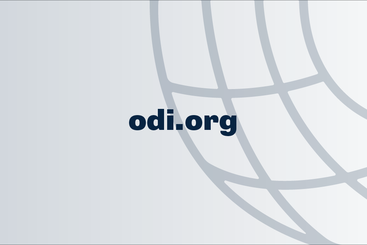The ‘leave no one behind’ (LNOB) indices assess and monitor the extent to which national systems, institutions and practices across 159 countries are set up and are ready to meet commitments enshrined in the 2030 Agenda for Sustainable Development. This analysis builds on three previous annual iterations in 2017, 2018 and 2019 to compare changes over the past year. The paper adopts the same methodology used in similar analyses in 2018 and 2019, and examines the same 159 countries included in the 2019 index that account for 89% of the global population.
Key findings
- The LNOB readiness index indicates that 75 countries are ‘ready’ to meet their LNOB commitment, while 65 are ‘partially ready’ and eight ‘not ready’. For 11 mostly small island countries, data are insufficient to make an assessment. Using 2020 population estimates, this implies that nearly 3.6 billion people representing 46% of the global population live in countries that can be classified as ‘ready’. Another 3.3 billion people representing 42% of the global population live in countries that are either ‘partially ready’ or ‘not ready’.
- The complementary LNOB outcome index indicates that 72 countries (45%) are already ‘on track’ and another 41 (26%) have made ‘partial progress’ towards achieving their LNOB commitment.
- There is a high correlation between country-income level and status of the country on both indices. For the readiness index, 69% of high-income countries (HICs) have achieved the ‘ready’ status whereas no low-income country (LIC) has reached that threshold; on the outcome index, 82% of HICs in our sample are ‘on track’ as opposed to none among LICs.
- Analysis of both readiness and outcome indices together indicates a strong association between the two measures. This suggests that creating LNOB-supporting conditions enables countries to either get or stay on track to deliver Sustainable Development Goal targets that are inherently inclusive by design.
Details of data and their sources, the thresholds for component indicators and their classification, and other methodological details of computing and aggregating the indices are described in detail in the 2019 Methodology Annex (linked here).



